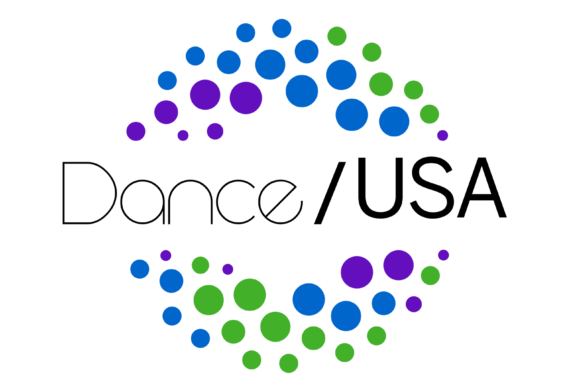Dance: Is It a Field Endangered? What Can We Do?
Join Dance/USA and From the Green Room in an online discussion on the state of the field. Here is where the discussion to implement change and share new ideas, models, methods or practices that can help us acclimate to this shift in the field. What do we want: stability, job opportunities, long-term contracts, insurance? We look forward to your fruitful and productive contributions to this conversation.
Copyright and Choreography: The Good, The Bad, and The Fair
Copyright protection has been both a boon and curse: A boon, if you are
able to protect your work and receive income through license agreements;
a curse when it becomes an obstacle to getting your work seen and
studied when it needs to be. Read Elizabeth Jackson’s clear and concise explanation.
Safe House: Dancing in the Ivory Tower, Part 2
It’s been said that the university ranks as one of the chief supporters of the arts in the United States. With the migration of more and more working choreographers into university environments, it’s clear that artists are able to continue to create both inside and outside of these institutions. While the halls of academia offer some distinct advantages, most particularly to oft-itinerant and nearly always-struggling dance artists, other challenges and demands can sap their time and energy in their new environment.
Safe House: Dancing in the Ivory Tower, Part 1
It’s been said that the university ranks as one of the chief supporters of the arts in the United States. With the migration of more and more working choreographers into university environments, it’s clear that artists are able to continue to create both inside and outside of these institutions. While the halls of academia offer some distinct advantages, most particularly to oft-itinerant and nearly always-struggling dance artists, other challenges and demands can sap their time and energy in their new environment.
Creating an Artist: What Can We Learn From Europe?
It has often been remarked that “Europe breeds artistry,” and that, to a certain extent, European dancers have an edge compared to their American counterparts. In defense of the American dancers, it is noted that they possess grit, tenacity, and a hunger that exceeds that of some of their European equivalents, yet the elusive artistic core lags or appears untapped in our culture. Certainly the environment of Europe provides a cultural banquet to nourish artistic growth, but does the European approach to training dancers incorporate more diversity, which in turn can contribute to greater creative growth? If so, can American dance schools fashion strategies based on this assumption?
From the Sun King to Twitter: Ballet Branding, Then and Now
American Ballet Theatre soloist Daniil Simkin examines individual branding and marketing: “I am branding myself. No, I am not applying a hot iron to my buttocks as cowboys do with steers. But I am doing something that, at least among some of my colleagues, is equally as controversial. I am attempting to make myself into a ballet product.”
Life Lessons from Pina and ‘Pina’
Few choreographers have the power to effect life-altering changes the way Pina Bausch did over the course of her 50-year career, and, even now, three years after her untimely death. That is what Pina does. She changes your life. She changed mine.
How Long? The Life Span of a Dance Company
What constitutes the life span for a dance company? Is it better to see a company close rather than become a shadow of what it once was? Responding to a recent Facebook inquiry, Houston-based dance writer Nancy Wozny stated, “The life span of a dance company should be as individual as the artists themselves. Not every arts organization needs to be around forever. Some pop up as a result of a particular time in an artist’s life, and the world they operate in. Times shift and things do go away. I feel we need to be more welcoming of things that end.”
Modern Dance: Its Death and Regeneration
I’ve spent a lot of time worrying and writing about what is ballet and have grown tired of reading crossover choreographers say that their works are “firmly rooted in the classical tradition” when they don’t even give a nod to “the classical tradition.” I haven’t worried about modern dance because I believe at the center of its identity is that it must reinvent itself with every generation. Each generation has a right to do what it wants. So what does it want in 2012?


Small Strokes of Listening: A Few Reflections on Diversity from the Dance/USA 2012 Annual Conference
The unfortunate effect was the discussion had been silenced by a dance…. It was clear that
everyone in the room wanted more space and time for the discussion….
And so I was left
wondering again: How and when do we listen to each other as a dance
field? How can we create spaces that make room both for dancing and for
discussing?